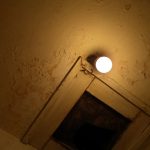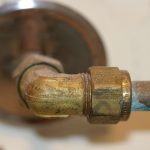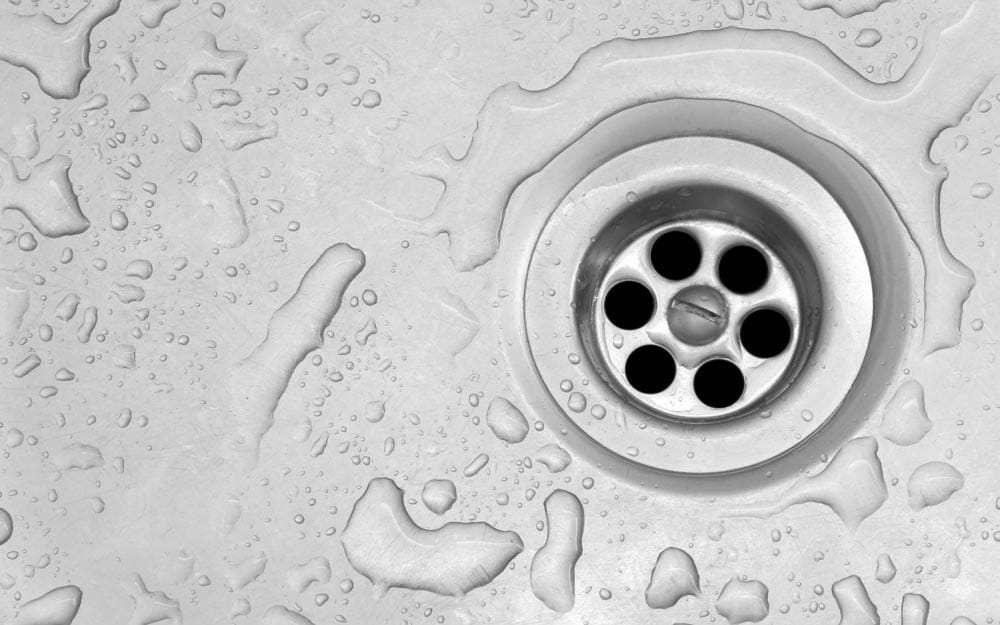Although we can’t see into our drains, we rely on them to carry out wastewater away, and when they become blocked, it can make life very difficult for everyone in the home. Keeping your drains clean and clear is the best strategy, and it will increase the overall health of your plumbing system. There are a number of ways to look after your drains, and many homeowners can become confused with some of the available information. In this drain maintenance guide, we’ve gathered together everything you need to practice good regular drain maintenance.
The Importance of Preventative Maintenance
The old adage “prevention is better than the cure” can be applied to many aspects of home maintenance, and taking care of your drains is no exception. It stands to reason that placing certain items or liquids in the drain can cause a clog to form and lead to a blocked drain later. It’s far easier to simply not put things that can cause a clog into the drain rather than try to remove them later. Let’s take a look at some clog causing materials and liquids that should not be put down your drains.
- Coffee grounds: These are sticky; they adhere to the inside of the drain pipe walls and cause other passing materials to stick to them. When coffee grounds are forced together in a smaller space, they can form into a thick paste that’s hard to move.
- Eggshells: A piece of eggshell has sharp edges that can easily catch on any other materials that are located in the drain, and then they will form a part of a larger clog.
- Liquid Fats: Any fat such as grease, cooking oils or liquid fat, should not be placed in the drain because when they cool, they become more solid. This will cause the to cling on the inside of the drain pipe, and other materials will stick to these sticky surfaces.
When a clog forms it starts with one or more of these materials and other waste then stick to them to form an even larger clog. The clog will grow gradually as more and more waste is added and you may notice that it takes longer for the water to drain away. Eventually, the clog will block the drain entirely, and the water cannot drain away. When this happens, the water has nowhere to go, and it will sit in your sink until the blockage is cleared.
How to Safely Clean Your Drains
For many people, their go-to solution for a blocked drain is to use a liquid drain cleaning product. These are simple to use, you pour them in leave them, and when you return the blockage has usually gone, sounds simple. Sadly, these types of liquid chemical drain cleaning products are very bad for your plumbing system. They contain harsh chemicals that actually eat away at the clog in your drain. But, these harsh chemicals can also eat away at your drain pipes and cause damage. There are less toxic options that are less effective, and it’s easier to attempt to clear the clog yourself using the following method.
Take a large pot containing very hot (not boiling) water and pour it into your drain to melt and loosen the clog. Follow up shortly with cold water from the faucet to flush the broken parts of the clog away.
If the clog is more persistent, pour half a cup of baking soda in the drain and leave it for a few minutes. Then follow up with a half cup of white vinegar and let that mixture sit in the drain for 24 hours. After a day has passed flush out the drain with hot (not boiling) water and the drain clog may have gone. This is a great preventative measure that you can do once per month to keep your drains clear and smelling fresh.
If neither of these two methods works, it’s likely that you have a very persistent clog. Repeating these methods a few times may work, but you may have to remove the clog manually.
How to Manually Remove Drain Clogs
Many people don’t have much in the way of clog removing tools in their homes beyond their underused cup plunger. But, manually removing a drain clog can be tricky and there is another specialized tool that you might want to get for your plumbing toolbox. An augur is also commonly referred to as a plumbing snake, and a basic model can be found in most hardware or home improvement stores. Essentially this is a flexible pipe with a drill bit at the business end and a crank at the rear. A cheaper basic model can clear many deeper or larger clogs and break them up. When you need to manually clear a clog use the following methods.
Start with the Plunger: A simple cup plunger changes the pressure in the drain pipe to pull and push at a clog in order to break it apart and move it out of the drain. This method is effective on smaller clogs, but you must be careful not to use the plunger too vigorously, or you could damage the drain pipe. Run some water into the drain and gently move the plunger up and down to work the clog free. If the clog is cleared run plenty of cold water into the drain to make sure you flush all of the clog away.
Use the Augur: If the plunger cannot shift the clog, it’s probably larger and too well established to be removed without breaking it apart. Gently feed the plumbing augur into the drain until you feel it butt up against the drain clog. Then apply some gentle force to push the drill bit up against the clog and slowing crank the augur handle. This will cause the augur to drill into the clog and slowly break it apart. Once the clog has gone, you can flush the drain with cold water to make sure all the smaller clog pieces have been carried away.
If these manual removal methods are not successful or the clog continues to return, contact your
local certified plumber for expert help and advice.
By Giovanni Longo President Flood Brothers Plumbing
Giovanni Longo is a 3rd generation master plumber who has been practicing his craft and trade in the greater Los Angeles area for well over a decade and a half. A plumbing and hydraulics-engineering innovator, Giovanni’s particular world-class expertise focuses on dealing with challenging sewer system designs as well as resolving complex commercial and residential draining issues. As a certified Flood Mitigation expert, he is also well versed in a wide variety of water damage and remediation solution.





